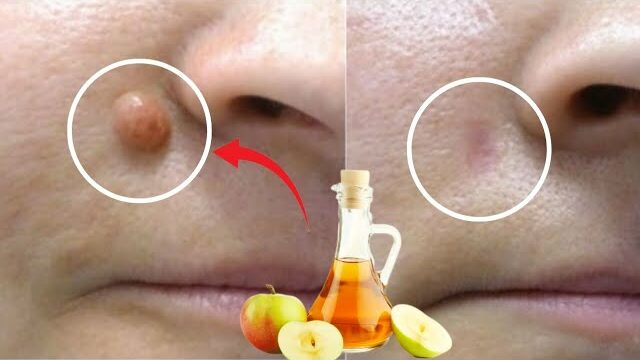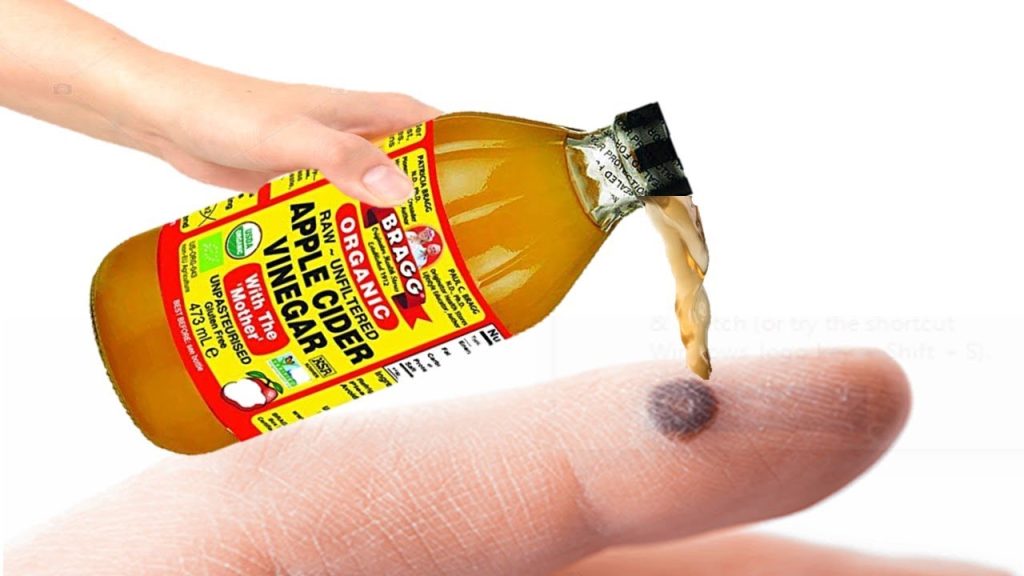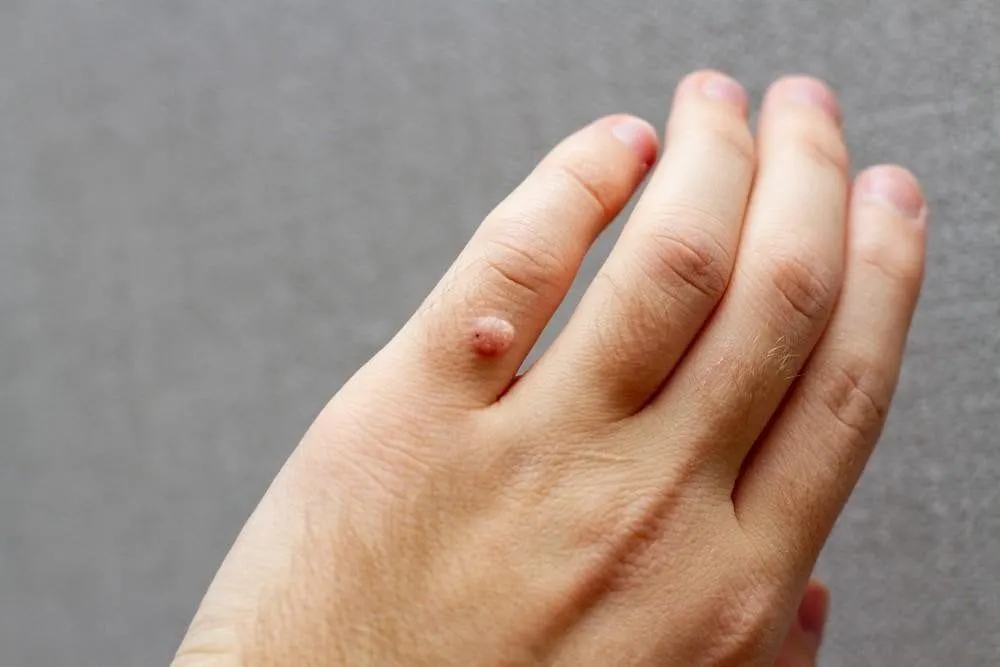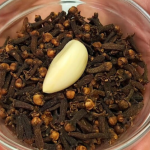Using Apple Cider Vinegar to Treat Warts: What You Need to Know
Discovering a wart can be frustrating, but many people turn to natural remedies like apple cider vinegar (ACV) for potential relief. ACV has been a staple in households for generations, known not just for its culinary uses but also for its possible benefits in treating various skin conditions, including warts. Here’s a guide on how to use ACV to potentially address warts, but keep in mind that results can vary, and scientific evidence is limited.

Why Apple Cider Vinegar?
ACV is acidic, which can help soften and break down the skin tissue that forms warts. Additionally, it has antiviral, antibacterial, and antifungal properties, which may help manage the virus responsible for warts. However, there is limited scientific evidence confirming that ACV can effectively remove warts within a specific timeframe like 24 hours. Most studies on ACV focus on broader health benefits or anecdotal evidence, rather than specific and immediate wart removal.
What You’ll Need:
- Apple cider vinegar
- Cotton ball or small piece of cotton fabric
- Adhesive bandage or medical tape
Steps to Use Apple Cider Vinegar for Warts:

- Clean the Area: Wash the wart and surrounding skin with warm water and mild soap. This helps to ensure that you’re applying the vinegar to clean skin and reduces the risk of infection.
- Apply Vinegar: Soak a cotton ball or a small piece of cotton fabric in apple cider vinegar. Gently squeeze out the excess vinegar to avoid dripping.
- Cover the Wart: Place the vinegar-soaked cotton directly on the wart. Ensure it covers the wart completely and extends slightly onto the surrounding skin.
- Secure the Cotton: Use an adhesive bandage or medical tape to keep the cotton in place. The cotton should stay in contact with the wart for the treatment to be potentially effective.
- Leave It Overnight: Ideally, leave the cotton on the wart for about 24 hours. If possible, keep it on overnight to maximize exposure.
- Remove and Clean: After 24 hours, remove the cotton and bandage. Clean the area again with warm water and mild soap. You may notice changes in the wart’s texture or color, which could indicate that the treatment is having some effect.
- Repeat if Necessary: Sometimes, a single application may not be enough. If the wart remains, you can repeat the process nightly for several more days. If you experience irritation or discomfort, stop using the vinegar and consult a healthcare professional.
Caution:
While apple cider vinegar is generally safe for most people, it is acidic and may cause skin irritation or burns if used improperly. Always use it with caution, especially on sensitive skin or near the face.

Conclusion:
Using apple cider vinegar to treat warts is a popular home remedy, though results can vary from person to person. There is no solid scientific evidence proving that ACV will remove warts within a specific period like 24 hours, and it might not be effective for everyone. If you have concerns about your skin or if the wart does not improve, it’s advisable to seek professional medical advice for more reliable treatment options.

